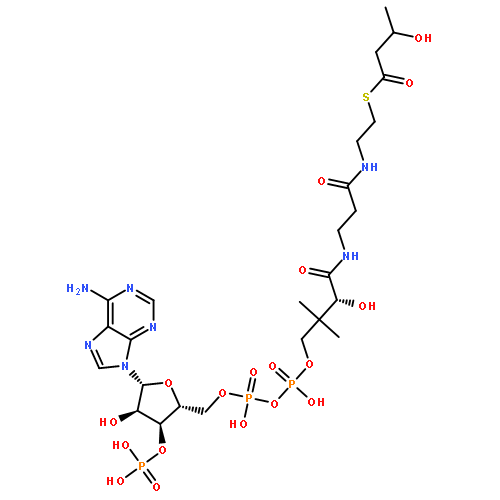Co-reporter: Mimi Cho, Christopher J. Brigham, Anthony J. Sinskey, and JoAnne Stubbe
pp:
Publication Date(Web):February 27, 2012
DOI: 10.1021/bi2013596
Class I polyhydroxybutyrate (PHB) synthase (PhaC) from Ralstonia eutropha catalyzes the formation of PHB from (R)-3-hydroxybutyryl-CoA, ultimately resulting in the formation of insoluble granules. Previous mechanistic studies of R. eutropha PhaC, purified from Escherichia coli (PhaCEc), demonstrated that the polymer elongation rate is much faster than the initiation rate. In an effort to identify a factor(s) from the native organism that might prime the synthase and increase the rate of polymer initiation, an N-terminally Strep2-tagged phaC (Strep2-PhaCRe) was constructed and integrated into the R. eutropha genome in place of wild-type phaC. Strep2-PhaCRe was expressed and purified by affinity chromatography from R. eutropha grown in nutrient-rich TSB medium for 4 h (peak production PHB, 15% cell dry weight) and 24 h (PHB, 2% cell dry weight). Analysis of the purified PhaC by size exclusion chromatography, sodium dodecyl sulfate–polyacrylamide gel electrophoresis, and gel permeation chromatography revealed that it unexpectedly copurified with the phasin protein, PhaP1, and with soluble PHB (Mw = 350 kDa) in a “high-molecular weight” (HMW) complex and in monomeric/dimeric (M/D) forms with no associated PhaP1 or PHB. Assays for monitoring the formation of PHB in the HMW complex showed no lag phase in CoA release, in contrast to M/D forms of PhaCRe (and PhaCEc), suggesting that PhaC in the HMW fraction has been isolated in a PHB-primed form. The presence of primed and nonprimed PhaC suggests that the elongation rate for PHB formation is also faster than the initiation rate in vivo. A modified micelle model for granule genesis is proposed to accommodate the reported observations.
Co-reporter: Rachael M. Buckley and JoAnne Stubbe
pp: 2117-2125
Publication Date(Web):March 5, 2015
DOI: 10.1021/bi501405b
Polyhydroxybutyrate (PHB) synthases (PhaCs) catalyze the conversion of 3-(R)-hydroxybutyryl CoA (HBCoA) to PHB, which is deposited as granules in the cytoplasm of microorganisms. The class I PhaC from Caulobacter crescentus (PhaCCc) is a highly soluble protein with a turnover number of 75 s–1 and no lag phase in coenzyme A (CoA) release. Studies with [1-14C]HBCoA and PhaCCc monitored by sodium dodecyl sulfate–polyacrylamide gel electrophoresis (SDS–PAGE) and autoradiography reveal that the rate of elongation is much faster than the rate of initiation. Priming with the artificial primer [3H]sTCoA and monitoring for CoA release reveal a single CoA/PhaC, suggesting that the protein is uniformly loaded and that the elongation process could be studied. Reaction of sT-PhaCCc with [1-14C]HBCoA revealed that priming with sTCoA increased the uniformity of elongation, allowing distinct polymerization species to be observed by SDS–PAGE and autoradiography. However, in the absence of HBCoA, [3H]sT-PhaC unexpectedly generates [3H]sDCoA with a rate constant of 0.017 s–1. We propose that the [3H]sDCoA forms via attack of CoA on the oxoester of the [3H]sT-PhaC chain, leaving the synthase attached to a single HB unit. Comparison of the relative rate constants of thiolysis by CoA and elongation by PhaCCc, and the size of the PHB polymer generated in vivo, suggests a mechanism for chain termination and reinitiation.
